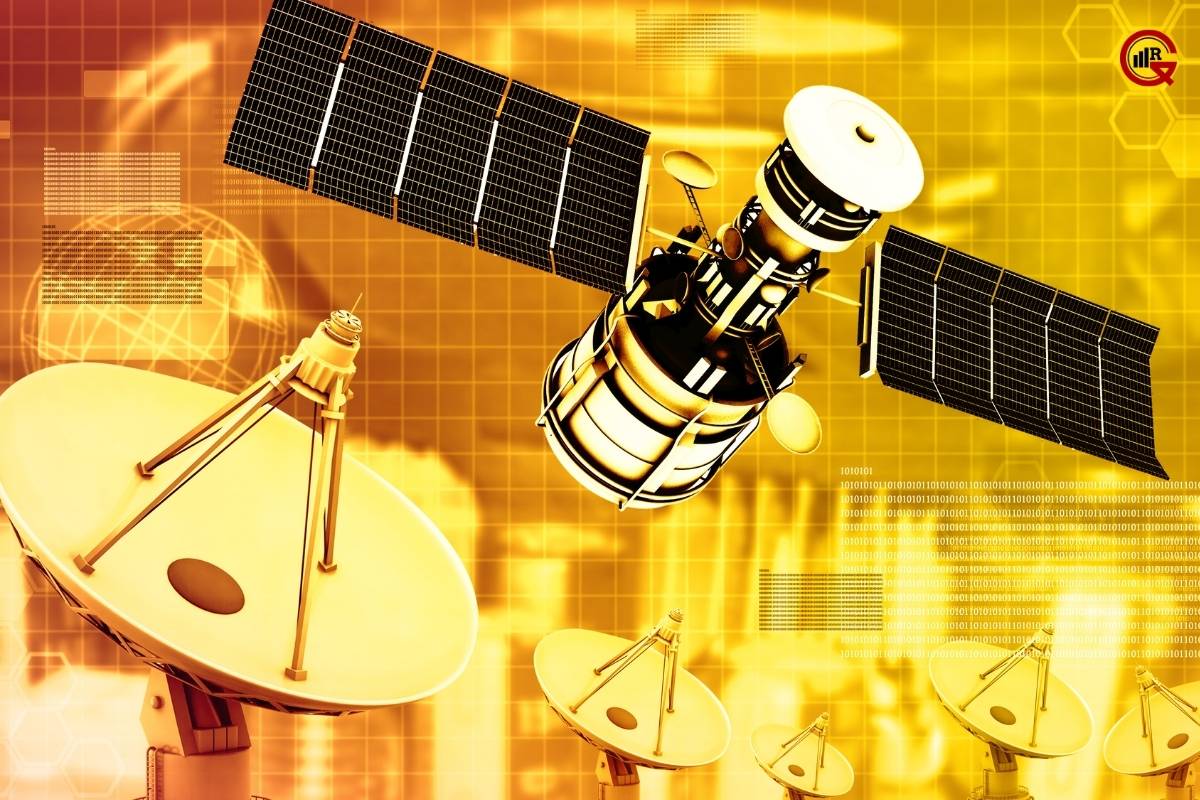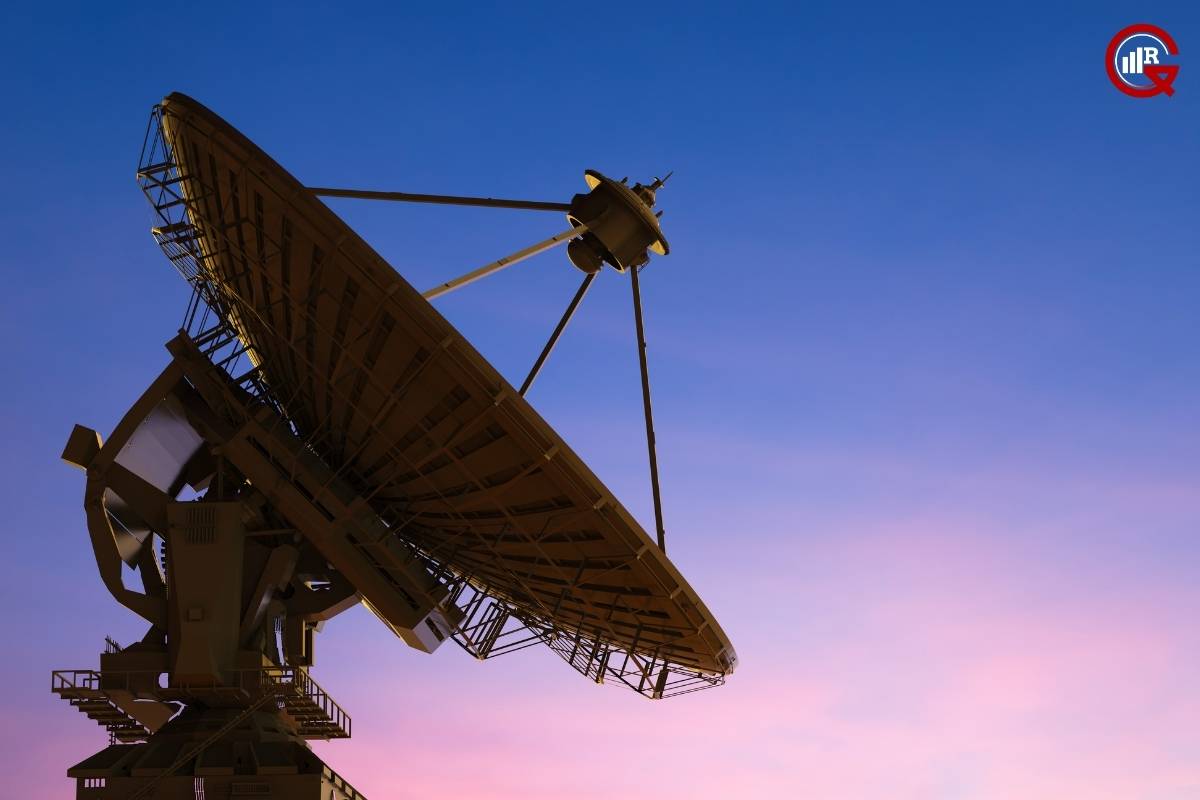In the vast expanse of space, communication is key to our understanding of the universe. Satellite antennas serve as the vital link between Earth and the cosmos, enabling us to transmit and receive data across vast distances. From weather forecasting to global telecommunications, these antennas play a crucial role in various industries and scientific endeavors. In this article, we delve into the fascinating world of satellite antennas, exploring their functionality, types, applications, and the future of satellite communication.
Understanding Satellite Antennas
At its core, a satellite antenna is a device designed to send and receive electromagnetic signals to and from satellites orbiting the Earth. These antennas come in various shapes and sizes, each optimized for specific purposes and frequencies. The primary function of a satellite antenna is to capture signals from satellites in orbit and to transmit signals back to them, facilitating two-way communication.
Types of Satellite Antennas

Satellite antennas can be classified based on their design, frequency range, and application. Some common types include:
Parabolic Dish Antennas: Perhaps the most recognizable type, parabolic dish antennas consist of a concave dish-shaped reflector and a feedhorn at the focal point. These antennas are highly directional and are commonly used for satellite television broadcasting and satellite internet services.
Yagi Antennas: Yagi antennas, also known as beam antennas, are composed of multiple parallel elements, including a driven element, reflector, and one or more directors. These antennas are widely used for terrestrial and satellite communication in both urban and rural areas.
Horn Antennas: Horn antennas are characterized by their flared, horn-shaped structure. They are often used for radar systems, satellite tracking, and microwave communication due to their wide bandwidth and high gain.
Patch Antennas: Patch antennas, also known as microstrip antennas, are flat, compact antennas commonly used in satellite communication, GPS systems, and wireless networks. They offer advantages such as low profile and ease of integration into electronic devices.
Applications of Satellite Antennas
Satellite antennas have a wide range of applications across various industries and scientific fields:
Telecommunications: Satellite antennas enable long-distance communication, facilitating global telephony, internet access, and broadcasting services. They play a crucial role in connecting remote and underserved regions to the global network.
Weather Forecasting: Weather satellites equipped with specialized antennas provide invaluable data for meteorological forecasting. These antennas capture images and atmospheric data, helping meteorologists track weather patterns and predict severe weather events.
Navigation: Satellite navigation systems, such as GPS (Global Positioning System), rely on antennas to receive signals from orbiting satellites and determine precise location information. These systems are used in navigation devices, smartphones, and vehicle tracking systems.
Earth Observation: Satellites equipped with high-resolution cameras and sensors use antennas to transmit images and data back to Earth. This data is used for environmental monitoring, agriculture, urban planning, and disaster management.
Scientific Research: Satellite antennas support a wide range of scientific research endeavors, including space exploration, astronomy, and climate studies. They enable scientists to gather data from remote locations in space and monitor phenomena such as solar activity and climate change.
Challenges and Future Trends

While many antennas have revolutionized communication and observation capabilities, they also face several challenges:
Signal Interference: Interference from terrestrial sources, such as radio frequency interference (RFI) and electromagnetic interference (EMI), can degrade signal quality and disrupt communication links. Advanced signal processing techniques and frequency management strategies are being developed to mitigate these issues.
Orbital Debris: The growing population of space debris poses a threat to satellites and their antennas. Collision avoidance measures and debris mitigation strategies are essential to safeguarding space infrastructure.
Bandwidth Limitations: With the increasing demand for high-speed internet and data transmission, there is a need for higher bandwidth satellite communication systems. Advances in antenna technology, such as phased array antennas and frequency reuse techniques, are being explored to address this challenge.
Looking ahead, the future of satellite antennas is poised for exciting developments. Emerging technologies such as 5G satellite networks, small satellites (CubeSats), and constellations of interconnected satellites promise to revolutionize communication, navigation, and Earth observation capabilities. Additionally, advancements in materials science and manufacturing techniques may lead to the development of lighter, more durable antennas with enhanced performance.
Advancements in Phased Array Antennas: Phased array antennas represent a significant advancement in satellite communication technology. Unlike traditional dish antennas, phased array antennas use multiple small antenna elements controlled by phase shifters to steer the antenna beam electronically. This enables rapid beam scanning, improved signal tracking, and the ability to establish communication with multiple satellites simultaneously. Phased array antennas offer greater flexibility, reliability, and efficiency, making them ideal for applications such as mobile satellite communication, military surveillance, and satellite-based internet services.
Inter-Satellite Communication: In recent years, there has been a growing interest in establishing communication links between satellites themselves, known as inter-satellite communication (ISC). This concept involves using satellite antennas to relay data between satellites in orbit, enabling efficient data transfer, collaborative missions, and constellation operations. ISC has the potential to enhance the resilience and scalability of satellite networks, enabling seamless communication even in challenging environments or during satellite failures.

The emergence of LEO Satellite Constellations: Low Earth Orbit (LEO) satellite constellations have emerged as a disruptive force in the satellite communication industry. These constellations consist of hundreds or even thousands of small satellites orbiting the Earth at altitudes ranging from a few hundred to a few thousand kilometers. LEO constellations, such as SpaceX’s Starlink and OneWeb, leverage antennas to provide high-speed internet access to underserved and remote areas around the globe. By deploying dense networks of satellites with interconnected antennas, LEO constellations offer low-latency, high-bandwidth communication capabilities, revolutionizing the way we connect to the internet.
Conclusion:
In conclusion, satellite antennas are the unsung heroes of modern communication and observation systems. From enabling global connectivity to enhancing scientific exploration, these antennas play a vital role in our interconnected world. As technology continues to evolve, satellite antennas will remain at the forefront of innovation, paving the way for new discoveries and advancements in the realms of space exploration and telecommunications.






